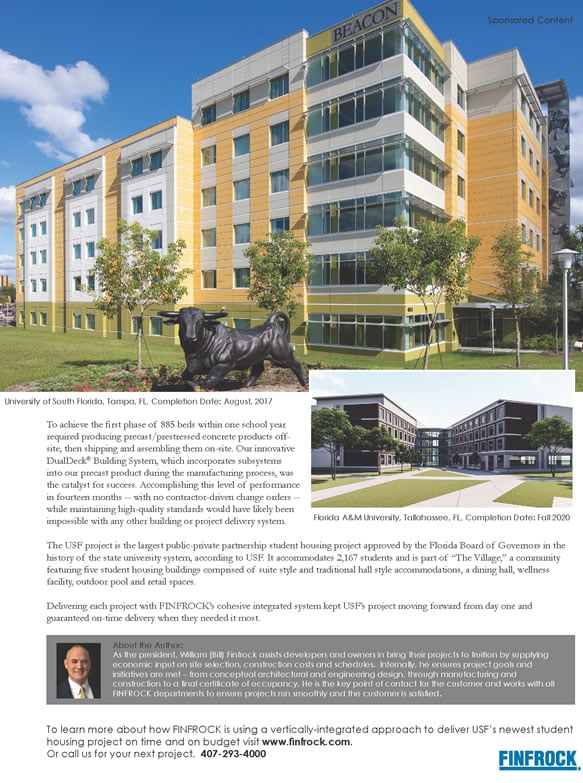It’s 1,000 feet long and stands up to 10 feet high. It’s secured with metal anchors and sealed to the ground. And for Tampa General Hospital, it made a huge difference during this year’s hurricane season.
It’s called the AquaFence, a watertight barricade that TGH began installing this year when hurricanes approached. Previously used in countries like Norway, the fence is designed to protect the low-lying hospital from storm surge.
The barrier, which cost roughly a million dollars, was deployed during hurricanes Helene and Milton, and successfully protected the nearly 100-year-old hospital from encroaching floodwaters. Low-lying areas of the Tampa Bay region suffered significant damage from storm surge during Helene in particular.
As the region’s only Level I trauma center, it’s vital that TGH remain open. That designation means it’s capable of providing the highest level of immediate care to patients with severe injuries or medical emergencies.
The 1,040-bed hospital is also too large to evacuate during storms. Built in the 1920s, it’s located right on Tampa’s waterfront just south of downtown. When a hurricane approaches, it takes three full days for the hospital’s facilities crews to set up the AquaFence. The fence is designed so that when floodwater piles onto its horizontal base, the weight of the water holds the fence down.
Extra Large
The biggest emergency department expansion in the country is happening in Miami. Jackson Memorial Hospital’s $300-million renovation of its ER is transforming the current 48,000-sq.-ft. emergency department to a state-of-the-art facility spanning 178,800 square feet, making it one of the largest in the nation.
The hospital broke ground on the renovation earlier this year. The expansion includes more than 200 patient rooms, 50 observation rooms, 30 pediatric rooms and six resuscitation rooms. Hospital officials say this will help reduce wait times and allow the ER team to triage patients faster.
The ER currently handles roughly 100,000 patients a year and is expected to reach 170,000 a year by 2036. The first phase of the expansion is slated to be done by fall 2025, with pediatrics to be completed in 2026.












